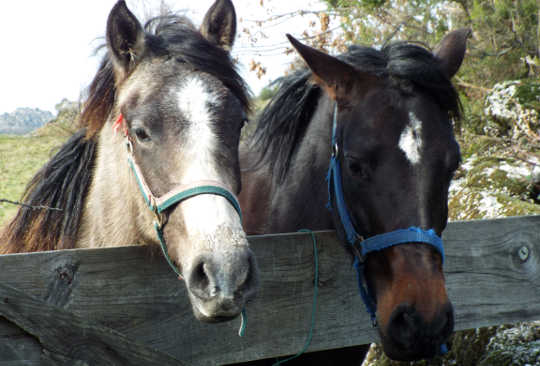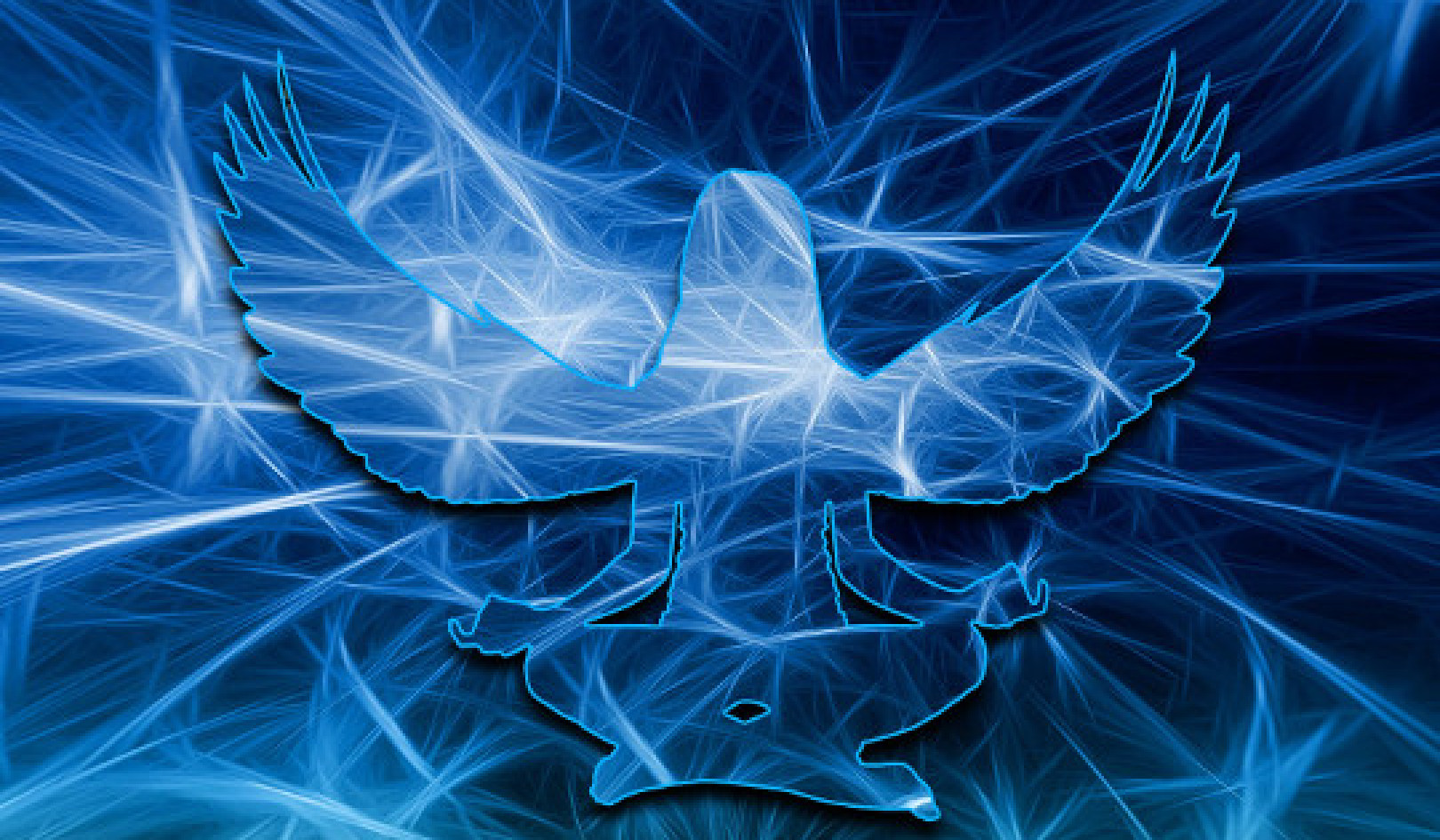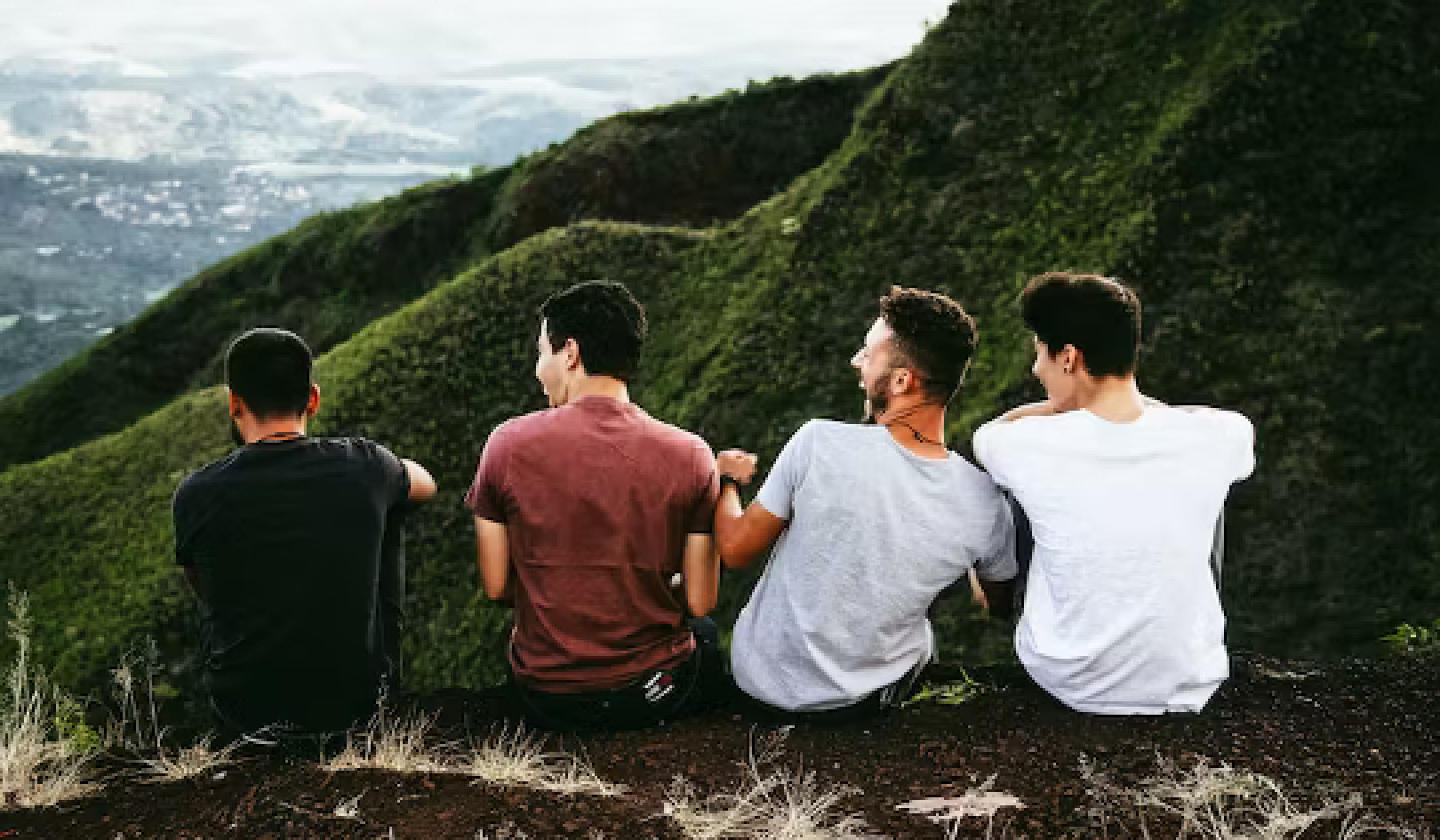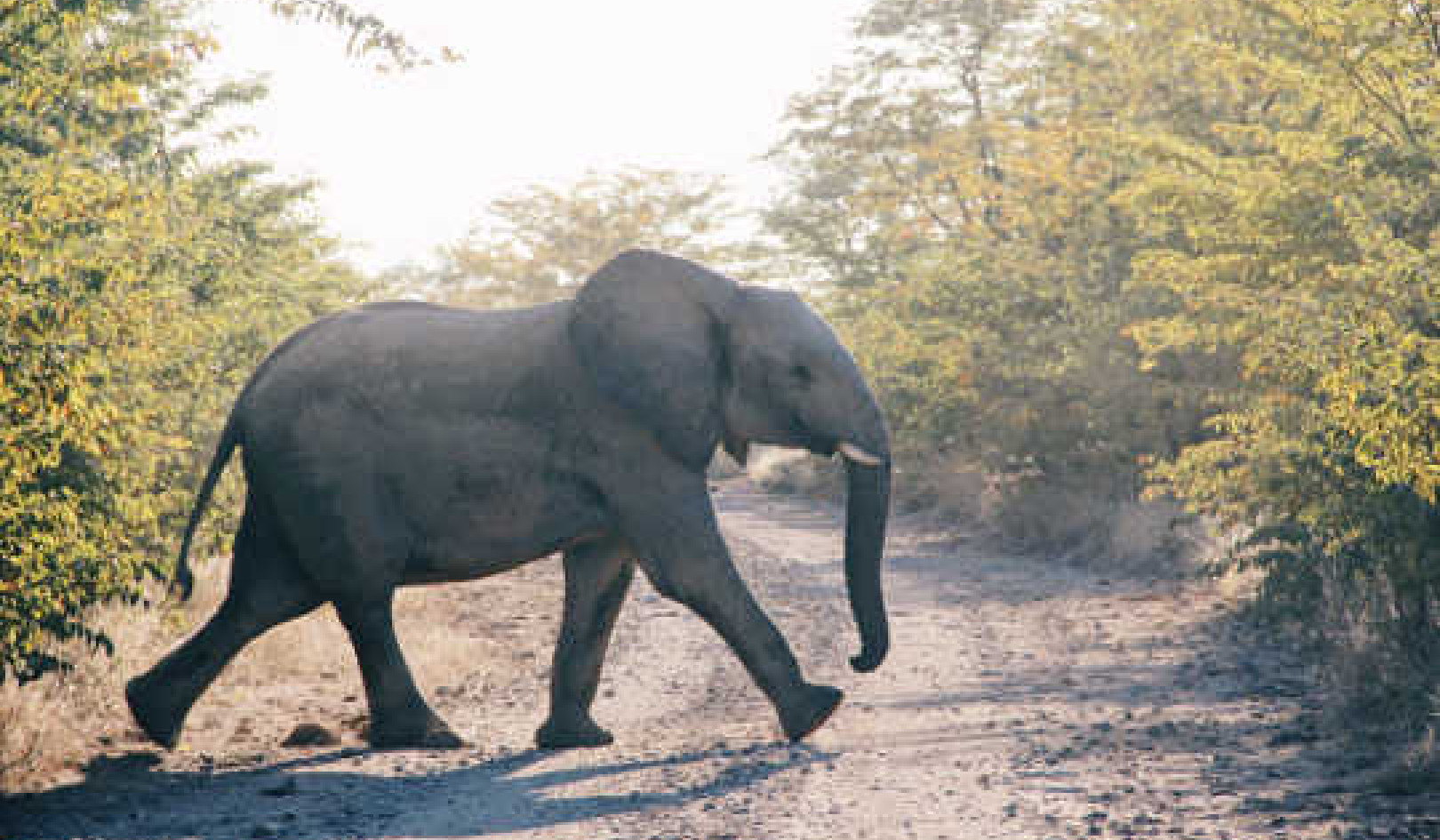
All animals have a culture and a language associated with that culture. Whether the language contains words or some other vocalization, all of these cultures will include body language. For example, horses are limited in vocabulary to a series of soft snickerings, shrill screeches, and plaintive wails. Their body language further enhances communication style, although it’s limited because they need all four limbs to stand upright. They adapt by using eye movement, sudden action, raising a hoof, pinning ears, and threats of physical action to communicate their messages. All horses therefore have the capacity to “speak” to each other with common “language” that is ubiquitous within their species.
Interestingly, even though horses have the same “vocabulary,” they use it with different inflections. If you take a horse from one herd and drop her into a new herd, something strange occurs: The new horse may try to communicate with the softer or the harsher body language and communication style it is accustomed to. She tries to fit in with the new crowd in a way that worked for her in the previous group, which often leads to an unfortunate outcome. The new gang reacts violently, sometimes because the horse is new, but other times because the alpha doesn’t like certain kinds of behavior.
For instance, the new gelding tries to buddy up to the old gelding on the side of the herd by offering some friendly scratching, but the old gelding sees that as a threatening move due to herd dynamics. In effect, this horse herd has created variances in its body language that are specific to its culture.
Communication Within the Human Species
Now let’s take it a step further. Most of us in the species are capable of the same actions as others in our species. We don’t have control over our ears to pin them and send a harsh message, nor do we have access to the hooves to strike out quickly. We do, however, have sudden movement, we can roll our eyes and tense our muscles, and we can inject shrillness into our voice. We also have a huge retinue of movements and adapted signals to use that most humans can understand without education.
Imagine leaving a bunch of toddlers to their own devices to develop a language. What would happen? One individual would likely establish dominance over time because we are herd animals, but in the beginning, each of them would speak his or her own brand of gibberish, and try to get the other one to understand. All of the toddlers would get frustrated, and with no rules some would rely on biting or hitting, while some would try more civil means to communicate.
The sharpest of the little band would notice when some of her hand-waving and body movement got the results she wanted and would do it over and over. As her results increased, others would adapt this same signaling and start using the tools of the superior communicator.
The toddler effectively created a gesture to communicate and this communication would eventually be understood by her whole band. When a new toddler later became part of the group, the new one would need to understand the meaning of that particular body language. It wouldn’t matter what the new toddler wanted the meaning to be since the meaning was set by the pre-existing culture of toddlers.
Assuming no physical anomalies, all humans are born capable of making the same movements. With no common language, we can assign meaning to any movement made. When meaning has been assigned to a movement it takes away the individual’s ability to create meaning or use the body in that given way to mean anything other than the universally agreed context. For this reason, culture curtails human body language. It cannot add to anything we are born with. All it can do is limit meaning and assign ubiquitous meaning to an action.
For example, consider “hand talk” of Native Americans, more formally referred to as Plains Indian Sign Language (PISL), or Plains Sign Talk, as it’s called in Canada. By using the hands and four basic factors—location of hand, movement, shape, and orientation—people from 37 oral languages reaching across 12 language families in an area of 1 million square miles of the North American continent could effectively communicate. That meant the people who arrived from Spain with their own brand of signaling had a far less sophisticated and less formalized unspoken language than the Native Americans they encountered. Only through trial and error, and certainly many false messages, did these groups learn to communicate.
From Sub-Culture To Super-Culture
For a long time, many language experts maintained that okay and Coca-Cola were the most recognized words in the world. With the proliferation of web access, we share a much larger and diversified vocabulary of expressions, product names, and even insults. Words like drone and meme are used heavily around the world. And many more brands than Coca-Cola, as well as proper names like Steve Jobs and Pope Francis, have joined the ranks of words recognized worldwide, regardless of the language. Maryann works with an associate in Bangladesh on web projects and if she says “404,” she doesn’t have to explain that it’s code for an online error.
In past generations a person’s voice was limited to the influence he created through some channel, most often formal, but occasionally informal. This kind of influence often had gate keepers to stymie the would-be great orator and stop him from achieving a platform to spread ideas. A given idea would have to bypass the “establishment,” or guards, of the organization he was trying to change.
MySpace was one of the social media efforts that started to change that, but it was Facebook that transformed the communications landscape. Founded in 2004, in just 12 years, Facebook went from being a Harvard-only social networking service to a company with 1.23 billion monthly active users worldwide and a market valuation of $350 billion.
On the positive side, Facebook creates a platform for societies to interact and normalize communication styles. The more exposure we have to each other, the more the mirror neurons fire, helping to create shared experiences and ideas; organisms morph to think and react as one society instead of many. You can find pockets of this happening all over the world as result of Facebook. Wherever free communication is tolerated, ideas can move at the speed of electricity—and effect cultural shifts just as rapidly. We still have newspapers, but not their censorship and control of ideas.
Individuals Having An Outlet For Their Voice
The emergence of Facebook allows a person to have a voice. This voice affects our propensity to relate and imitate as well. Insidiously, and unlike the celebrated Abraham Lincoln standing on a stump in the town square and addressing bystanders, the Facebook world allows people to gather like-minded folks at the outset and deliver a message that is sure to resonate.
This resonating drives ideas and mental change to move rapidly through a population unchecked. It is like a virus dropped into a non-resistant host and left to replicate until it becomes overwhelming, and then it emerges in the greater population. This virus has an advantage no other does: It can eliminate anything that disagrees or opposes it with the click of an “unfriend” button. This is by no means limited to Facebook. Look at the widespread growth of ISIS (Islamic State of Iraq and Syria); it is a criminal version of the same viral phenomenon.
In the cases of ISIS and its ideological purity, evolution of culture exists in a vacuum. But that culture doesn’t represent real life the way the rest of us know it: Real life still has opposing ideas and ideologies that clash. This conflict creates animosity either as the idea emerges or as the other side first sees what is brewing. If you remove the internet from the discussion, you can draw an analogy to pre-Civil War United States: two very different ideologies living separately and distinctly with knowledge of the other but little real interaction. The primary difference is that now with every person having a voice, the sounds are louder, more immediate, and less respectful as the opposing views interact.
In a quasi-cloistered group, communication styles are evolving, language is changing, as well as ideas of what is acceptable behavior and communication style. This impact of culture is a more distilling and separating one. For example, language related to gender slowly evolved.
For generations, “he” was the base pronoun used in writing; the phrase that English teachers used to describe the rule was “masculine by preference.” This evolved and the use of “she” became more prevalent. With the emergence of gender issues, subcultures are pushing the introduction of new pronouns to identify people. Will the movement take hold? Only time will answer the question. Societies are living, breathing things with their own tolerances and their own resistance. They all have an immune system to protect against perceived threats—and that makes change hard.
The Blending and Merging of Cultures
There is also a profound physical change occurring in our world today. The United Nations High Commission for Refugees estimates that nearly one percent of the global population is in refugee status. This is a higher percentage than it’s ever been, even during World War II.
This means ideas and cultural nuances from all over the world are moving to new places, and things like diet, ideology, communication styles, dress, and even tolerance are in a stew in most parts of the world. This means ideologies in the places in conflict are in a purge mode, creating a more homogenous society while at the same time diluting the homogeneity of the societies that receive the refugees. If given a choice, many of these refugees are going to the place with the best benefits and places that will allow them to create a new normal.
How a society welcomes and adopts refugees will play a huge part in how this plays out. But there will be some tough dynamics when traditionally stable societies begin taking in people with different ideology and culture. Finding a way to assimilate new citizens into the “mainstream” culture will be difficult at best in our fragmented western world, but this fragmentation is the cost of freedom of expression. If we mainstream this influx into societies and they become part of the “norm,” what new things will they bring to our communication? Our style? Our body language? Societal evolution is inevitable.
Culture impacts every aspect of understanding body language. It affects how people move, even resulting in fine distinctions between many so-called universal, involuntary movements, such as raising eyebrows when you recognize another person. It also affects how you perceive the message associated with another person’s body language. Your filters rooted in prejudices of different kinds and the way you project meaning took shape as a result of your culture.
©2017 by Gregory Hartley and Maryann Karinch.
Reprinted with permission of the publisher, The Career Press.
1-800-CAREER-1 or (201) 848-0310. www.careerpress.com.
Article Source
 The Art of Body Talk: How to Decode Gestures, Mannerisms, and Other Non-Verbal Messages
The Art of Body Talk: How to Decode Gestures, Mannerisms, and Other Non-Verbal Messages
by Gregory Hartley and Maryann Karinch.
Click here for more info and/or to order this book.
About the Authors
 Gregory Hartley is a senior corporate executive whose expertise as an interrogator earned him honors with the United States Army. Businesses, private investigators, attorneys, human resources professionals, and the media have relied on his knowledge of human behavior and body language. He is the author of seven books with Maryann Karinch.
Gregory Hartley is a senior corporate executive whose expertise as an interrogator earned him honors with the United States Army. Businesses, private investigators, attorneys, human resources professionals, and the media have relied on his knowledge of human behavior and body language. He is the author of seven books with Maryann Karinch.
 Maryann Karinch is the author of 25 books, including How to Spot a Liar and The Body Language Handbook with Gregory Hartley. Among her audiences for human behavior training are corporate executives, code and law enforcement personnel, and psychology students. She is founder of The Rudy Agency, a literary agency based in Estes Park, Colorado.
Maryann Karinch is the author of 25 books, including How to Spot a Liar and The Body Language Handbook with Gregory Hartley. Among her audiences for human behavior training are corporate executives, code and law enforcement personnel, and psychology students. She is founder of The Rudy Agency, a literary agency based in Estes Park, Colorado.


























